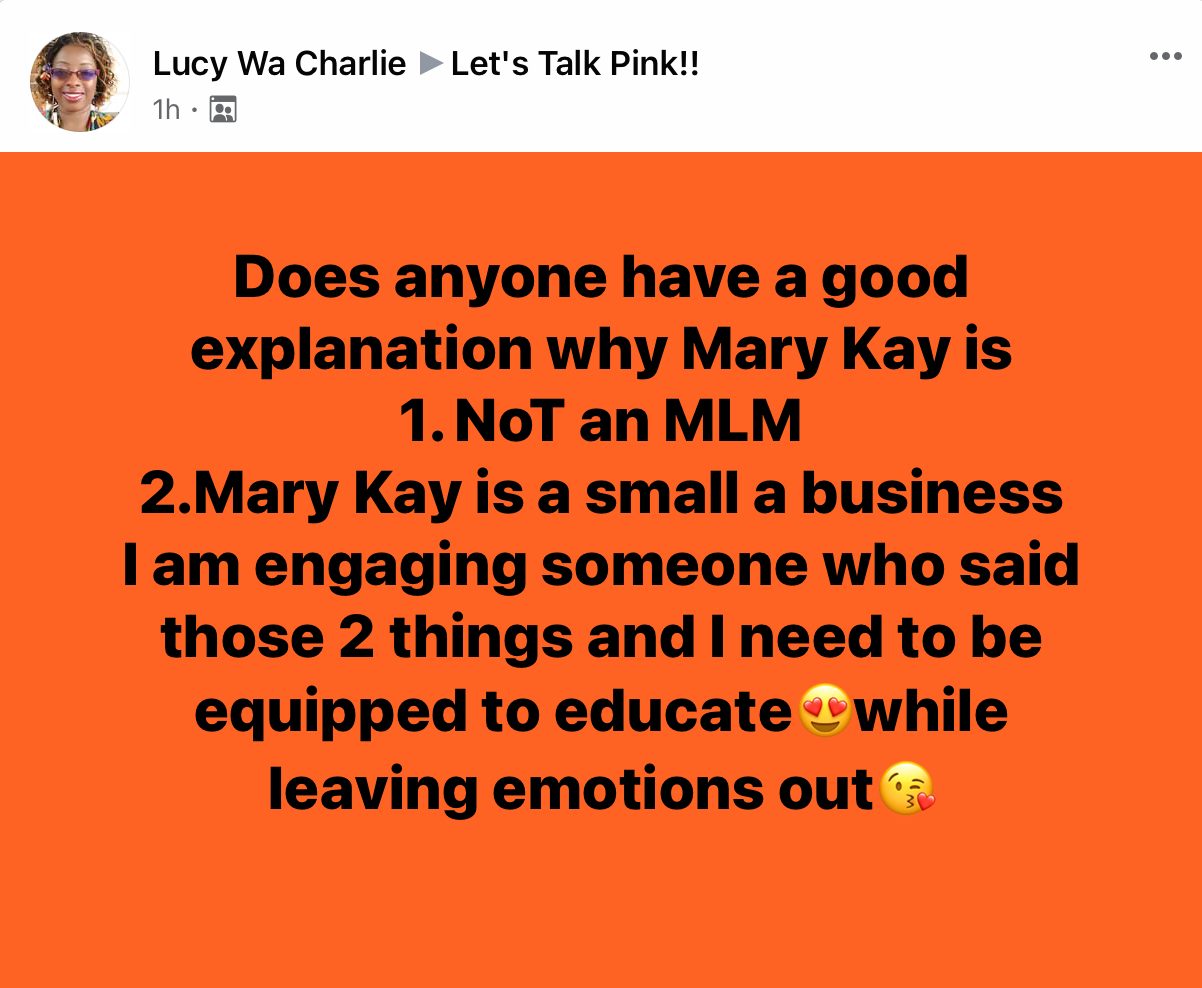Forbes Calls Multi-Level Marketing a “Pyramid Selling Scheme”
 A 1997 article from Forbes magazine does an excellent job of explaining the pyramid that is multi-level marketing. And I don’t think anyone is going to accuse Forbes of being “bitter ex-MK consultants who coudn’t make it” or “anti-MLM zealots who can’t see the truth.”
A 1997 article from Forbes magazine does an excellent job of explaining the pyramid that is multi-level marketing. And I don’t think anyone is going to accuse Forbes of being “bitter ex-MK consultants who coudn’t make it” or “anti-MLM zealots who can’t see the truth.”
The article is about Excel Communications, but really applies to just about any MLM you could think of. And they kindly lumped in Mary Kay just for us! I’ve highlighted the most telling things:
In a pyramid selling scheme, the mass of salespeople at the bottom line up a handful of customers to buy the product or service. Many of the salespeople will bring in only a small volume of business, but if you have enough of them the business will mushroom. Typical products: cosmetics (Mary Kay), household goods (Amway), vitamins (Shaklee).
The folks who make money aren’t the ones who move the goods. The big money goes to the people who recruit the salespeople and to the people who recruit the people who recruit the salespeople. If you convince a customer to become a sales rep, you get not just a commission on his phone bill but also an override on any customers he recruits, and so on down the pyramid.
Just as we’ve always said at Pink Truth: The few at the very top get rich at the expense of everyone else at the bottom.
And a little bit on turnover rates, which we know aren’t unique to Excel:
Still, there is plenty of turnover among the sales reps. 80% don’t even last a year.
And how does MLM survive? Only with new recruits!
In the manner of a chain-letter scheme, the pyramid relies on a stream of new recruits for its prosperity. The company netted a fat $144 million on revenue of $1.4 billion last year. Minus the $195 recruiting fees, though, Excel would have been in the red.
The real business of multilevel marketing is not the product or service being peddled… it’s the recruiting:
A fair question is: Who are Excel’s real customers? The people who buy the phone services? Or the sales recruits? You can make the case that the sales recruits are where Excel makes its real money.
And it’s easy to make your pyramid scheme look legitimate: Just use a product that seems plausible and appears to be the reason why people are signing up.
But there’s still one big thing that makes Excel different from a chain letter. Here, there is a real business attached to the pyramid. Excel’s long distance rates, as little as 6 1/2 cents a minute, are quite competitive with those from AT&T and MCI.





 Visit the
Visit the
3, 2, 1… Knockout to Mary Kay and all MLM’s!
i like this